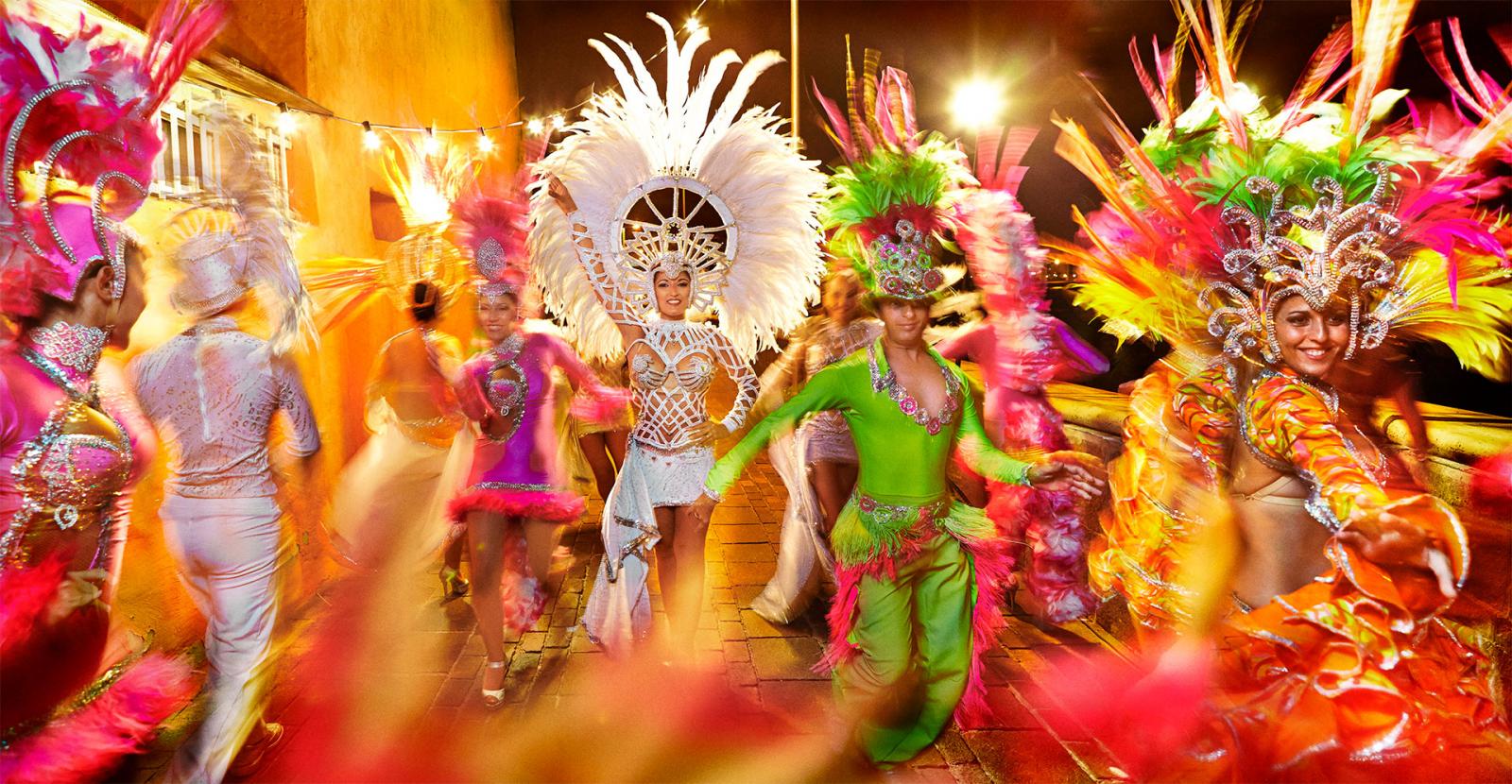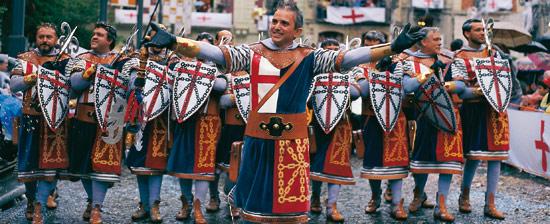
Fabulous Popular Festivals to Attend in Spain (Part Two)
Do you like popular Spanish celebrations? Well, you are in the right place today! In the article below, we present you the most famous Spanish festivals that you should not miss if you visit Spain. Don’t forget to check the first part of this article before reading! Enjoy!
Carnival, Santa Cruz de Tenerife
If you are discovering the places to see in Santa Cruz de Tenerife and your visit coincides with the celebration of Carnival in this city, don’t hesitate to participate! The festival has a variable celebration date that, depending on the year, can take place in February or March.
The main mentions of this festival date back to the end of the eighteenth century, but it is believed that the first European colonies were already practicing carnival activities. This festival is divided into two groups: the official carnival, which includes murgas, comparsas, costume groups, rondallas and musical groups, and the street carnival, which is the participation of citizens themselves in the festival.
It has been declared a Festival of International Tourist Interest and aspires to become a World Heritage Site. With its carnival dedicated in 2000 to Los Piratas, the city has become the carnival capital of the world, and to top it all off, it is in the Guinness Book of Records for the largest public participation! This milestone was reached after Cuban singer Celia Cruz performed with the Venezuelan band Billo’s Caracas Boys.
Every day there are activities to see in the Carnival of Santa Cruz de Tenerife, but we recommend that you do not miss:
- The burial of the sardine: With which the end of the libertine party is announced and the purifying fire is lit as an expiatory event for the excesses committed.
- Carnival of day: The daytime events take place in different parts of the city, where dances and shows are distinguished.
- Carnival posters: Artists show their intercultural, artistic and plastic greatness. The first time a winning poster was chosen was in 1962.
- Carnival queens: This is a highlight! In a lavish and colorful gala, the Senior Carnival Queen and the Children’s Carnival Queen are chosen.
- The Laughter Song: Groups of up to 12 people compete to have the funniest repertoire and staging.
- Cavalcade and Coso: An avalanche of rhythm and color! The cavalcade opens the doors of the carnival and the “coso” is the highlight of the carnival in Tenerife.
Date of the celebration: February or March (varies according to the year).
Moors and Christians, Alicante

We arrive at one of the celebrations in Spain that takes place mainly in the city of Alicante. It is a staging of the reconquest of the province’s lands from the Arabs. However, its origin is deeply religious. The Moors and Christians’ fiestas of what to see in Alicante are celebrated from April 21 to 24.
Among the aspects that stand out in this festival is the music, where three musical genres steal the show: the pasodoble, the Moorish march and the Christian march. In this event, the participants are divided into two groups: Moors and Christians, dressed according to the period. You can also enjoy the parade, which is characterized by its gaiety with troops and mounted animals.
Date of the celebration: From April 21 to 24
Descent of the Sella, Ribadesella
The Descente del Sella is probably one of the most different festivals in Spain, as it is a low-risk canoe race organized by the Spanish Canoe Federation, the Organizing Committee of the International Descente del Sella and the Canoe Federation of the Principality of Asturias. It takes place on the first Saturday of August after the 2nd of that month and usually lasts several days. It is a trip along the river Sella!
Both foreigners and nationals can participate in this competition, and there are even shorter sections for children over 5 years old. In addition, there are five categories: cadets, juniors, seniors, veterans and centenarians. This event began when Dionisio de la Huerta decided to make a canoe trip down the Piloña River.
However, it was not until 1951 that it reached international fame, and year after year it breaks the participation record! So much so that it has become one of the most important events in the international panorama of the river descent. In addition, it is a way to make adventure tourism in Ribadesella. Take part!
Date of the celebration: first Saturday of August after the 2nd of this month.
Interested in discovering other festivals? Come back to see the third part of our article.



